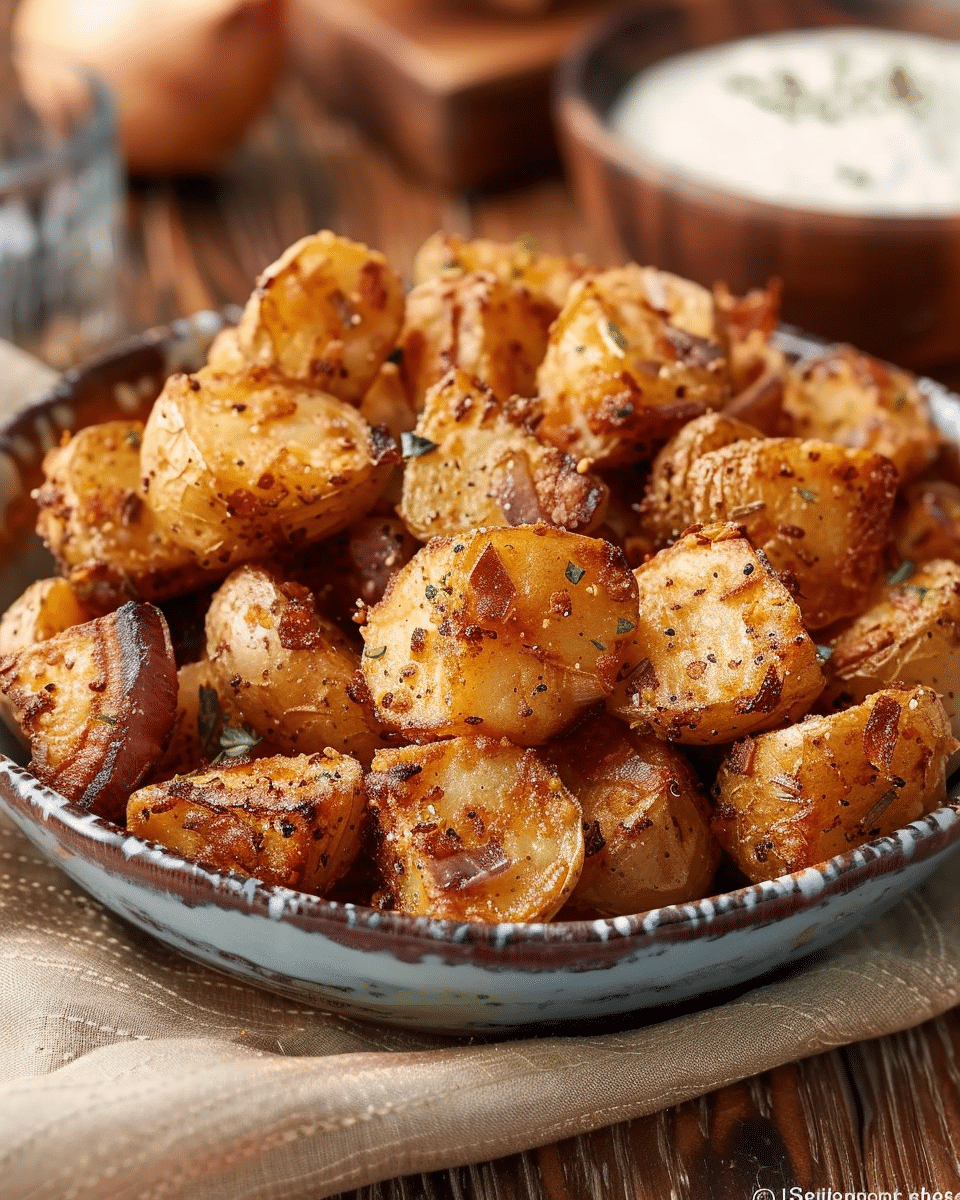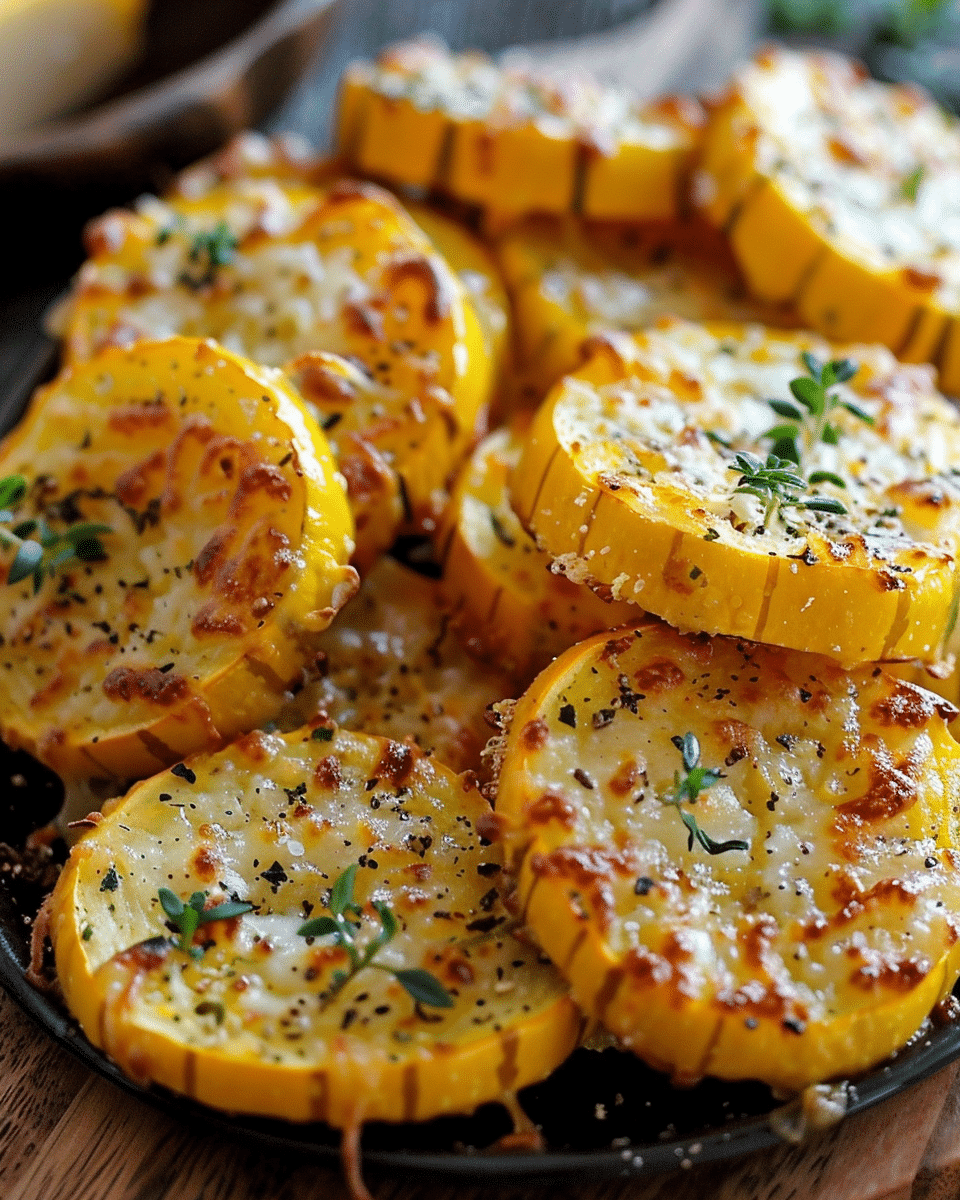In the world of culinary arts, seasoning is the secret key to unlocking the most exquisite flavors in your dishes. It’s the subtle art and science of enhancing the natural flavors of the food, adding depth and complexity to the taste, and tantalizing the palate. However, with the plethora of seasonings available in the market, it’s easy to get overwhelmed. Moreover, store-bought seasonings often contain preservatives, additives, and other unwanted ingredients. This brings us to the importance of making your own seasoning.
Creating your own seasoning blends not only allows you to control the ingredients ensuring they are fresh, natural, and healthy, but it also provides the freedom to experiment with flavors, crafting them to suit your personal preferences and dietary needs. Homemade seasonings are free from fillers and artificial additives, offering a purer, more robust flavor to your dishes. They can be customized for different cuisines – be it Greek, Italian, Cajun, or any other, allowing you to travel the world through your taste buds, all from the comfort of your kitchen.
In this guide, we will embark on a flavorful journey to explore various types of homemade seasonings, delve into the ingredients and preparation methods, and uncover practical tips for making and using your own seasoning blends. Let’s embark on this exciting culinary adventure and elevate your cooking to new heights of flavor and creativity.
Types of Homemade Seasonings
In the realm of homemade seasonings, the possibilities are as diverse as the world’s cuisines. Each type of seasoning blend brings a unique flavor profile and character to your dishes, infusing them with the essence of various global culinary traditions. Below are some popular types of homemade seasonings that you can easily make in your own kitchen:
A. Greek Seasoning
Greek seasoning is a harmonious blend of herbs and spices that captures the essence of Mediterranean cuisine. It typically includes ingredients like oregano, dried basil, dried thyme, dried rosemary, dried dillweed, parsley flakes, onion powder, garlic powder, salt, pepper, marjoram, cinnamon, and nutmeg. This seasoning is perfect for enhancing the flavors of Greek salads, grilled meats, and roasted vegetables.
Elevate Your Dishes with Homemade Greek Seasoning! 📖📖
Ingredients:
- 2 tbsp dried oregano
- 1 tbsp dried thyme
- 1 tbsp dried basil
- 1 tbsp dried rosemary
- 1 tbsp dried dill
- 1 tbsp garlic powder
- 1 tbsp onion powder
- 1 tbsp dried parsley
- 1 tsp black pepper
- 1 tsp paprika
- 1 tsp ground cinnamon
- 1 tsp ground nutmeg
Directions:
- In a medium-sized bowl, combine dried oregano, dried thyme, dried basil, dried rosemary, dried dill, garlic powder, onion powder, dried parsley, black pepper, paprika, ground cinnamon, and ground nutmeg.
- Mix the spices together until they are well blended.
- Transfer the homemade Greek seasoning to an airtight container.
- Store the seasoning in a cool, dry place.
- Use the homemade Greek seasoning to enhance the flavors of your favorite Greek dishes!
Prep Time: 5 minutes | Total Time: 5 minutes
Kcal: 10 kcal per teaspoon | Servings: About 1 cup
B. Italian Seasoning

Italian seasoning is a classic blend that embodies the flavors of Italian cuisine. It generally comprises dried basil, dried marjoram, dried oregano, dried rosemary, dried sage, dried thyme, and dried flat leaf Italian parsley. Italian seasoning is versatile and can be used in pasta dishes, pizza, soups, and sauces.
Bring Italy to Your Kitchen with Homemade Italian Seasoning! 📖📖
Ingredients:
- 2 tbsp dried basil
- 2 tbsp dried oregano
- 2 tbsp dried rosemary
- 2 tbsp dried marjoram
- 2 tbsp dried cilantro
- 2 tbsp dried thyme
- 2 tbsp dried sage
- 1 tbsp garlic powder
Directions:
- In a medium-sized bowl, combine dried basil, dried oregano, dried rosemary, dried marjoram, dried cilantro, dried thyme, dried sage, and garlic powder.
- Mix the herbs and garlic powder together until they are well blended.
- Transfer the homemade Italian seasoning to an airtight container.
- Store the seasoning in a cool, dry place.
- Use the homemade Italian seasoning to bring authentic Italian flavors to your dishes!
Prep Time: 5 minutes | Total Time: 5 minutes
Kcal: 5 kcal per teaspoon | Servings: About 1 cup
C. Cajun Seasoning

Cajun seasoning is a spicy blend that brings the vibrant flavors of Louisiana cuisine to your dishes. It typically contains coarse salt, paprika, garlic powder, onion powder, cayenne pepper, crushed red pepper flakes, dried oregano, dried thyme, and black pepper. Use Cajun seasoning to add a kick to your grilled meats, seafood, and stews. Visit our guide: trim healthy mama homemade cajun seasoning recipe.
D. Taco Seasoning

Taco seasoning is a zesty blend that infuses your dishes with the flavors of Mexican cuisine. It usually includes chili powder, cumin, paprika, garlic powder, onion powder, dried oregano, cayenne powder, and coarse salt. It’s ideal for seasoning taco fillings, fajitas, and other Mexican dishes.
Add a Zing to Your Tacos with Homemade Taco Seasoning! 📖📖️
Ingredients:
- 2 tbsp chili powder
- 1 tbsp ground cumin
- 1 tbsp paprika
- 1 tbsp dried oregano
- 1 tsp garlic powder
- 1 tsp onion powder
- 1 tsp crushed red pepper flakes
- 1 tsp black pepper
- 1/2 tsp salt
Directions:
- In a medium-sized bowl, combine chili powder, ground cumin, paprika, dried oregano, garlic powder, onion powder, crushed red pepper flakes, black pepper, and salt.
- Mix the spices together until they are well blended.
- Transfer the homemade taco seasoning to an airtight container.
- Store the seasoning in a cool, dry place.
- Use the homemade taco seasoning to add a zing to your tacos and other Mexican dishes!
Prep Time: 5 minutes | Total Time: 5 minutes
Kcal: 15 kcal per teaspoon | Servings: About 1/2 cup
E. Ranch Seasoning
Ranch seasoning is a creamy, herby blend that is perfect for dressings, dips, and seasoning various dishes. It typically includes parsley, chives, dill weed, garlic powder, onion flakes, onion powder, sea salt, and ground pepper.
Ingredients:
- 2 tbsp dried parsley
- 1 tbsp dried dill weed
- 1 tbsp dried chives
- 1 tbsp onion powder
- 1 tbsp garlic powder
- 1 tsp dried onion flakes
- 1 tsp black pepper
- 1 tsp dried mustard
- 1/2 tsp salt
Directions:
- In a medium-sized bowl, combine dried parsley, dried dill weed, dried chives, onion powder, garlic powder, dried onion flakes, black pepper, dried mustard, and salt.
- Mix the herbs and spices together until they are well blended.
- Transfer the homemade ranch seasoning to an airtight container.
- Store the seasoning in a cool, dry place.
- Use the homemade ranch seasoning to add a burst of flavor to your salads, dips, and more!
Prep Time: 5 minutes | Total Time: 5 minutes
Kcal: 10 kcal per teaspoon | Servings: About 1/2 cup
Each of these homemade seasonings can be easily prepared by mixing the specified herbs and spices, and they offer a fresh, additive-free alternative to store-bought blends. By making your own seasonings, you can also adjust the ingredients to suit your taste, ensuring that your dishes are always seasoned to perfection.
Tips for Making Homemade Seasoning
Creating your own seasoning blends at home is not only a healthier alternative to store-bought versions, but it also allows you to unleash your culinary creativity. Here are some practical tips to ensure that your homemade seasonings are flavorful, fresh, and stored properly:
A. Choose Quality Ingredients
- Opt for Fresh, High-Quality Spices and Herbs: The quality of your seasonings is directly related to the quality of the ingredients you use. Opt for fresh, high-quality spices and herbs for the most vibrant flavors.
B. Properly Grind Your Spices
- Use a Good Quality Grinder: A good grinder can make a big difference in the texture and flavor of your spices.
- Grind Spices as Needed: Grind spices as you need them to maintain their flavor and aroma.
C. Balance the Flavors
- Experiment with Ratios: Adjust the ratios of different spices and herbs to find the balance that suits your taste.
- Taste as You Go: Continuously taste your seasoning blend as you mix it to ensure the flavors are balanced.
D. Store Properly
- Use Airtight Containers: Store your homemade seasonings in airtight containers to preserve their freshness and flavor.
- Keep in a Cool, Dark Place: Exposure to light and heat can degrade the quality of your seasonings, so store them in a cool, dark place.
- Label Your Seasonings: Clearly label your seasoning containers with the name and date to keep track of freshness.
E. Customize Your Blends
- Personalize Your Seasonings: Don’t hesitate to add, omit, or substitute spices and herbs to create a seasoning blend that’s uniquely yours.
- Consider the Cuisine: Tailor your seasoning blends to complement the cuisines you frequently cook.
F. Mind the Shelf Life
- Regularly Check Freshness: Over time, spices and herbs lose their potency. Regularly check the freshness of your homemade seasonings and remake them as needed.
By following these tips, you can create delicious, flavorful homemade seasonings that will elevate your culinary creations to new heights of taste and aroma. Enjoy the process of experimenting with different blends and discovering the perfect seasoning for every dish.
Applications of Homemade Seasonings
Homemade seasonings can transform the simplest dishes into flavorful masterpieces. Understanding how to apply these seasonings can help you maximize their potential and enhance your culinary creations. Below are various applications of homemade seasonings:
A. Seasoning for Meats
- Marinades: Mix your homemade seasoning with a bit of oil and acid (like vinegar or lemon juice) to create a marinade for meats. Allow the meat to marinate for several hours to absorb the flavors fully.
- Dry Rubs: Apply your seasoning blend directly to the surface of meats before grilling, roasting, or frying to infuse them with rich flavors.
- Meatloaf and Burgers: Add your seasoning blend to meatloaf or burger mixtures for an extra layer of taste.
B. Seasoning for Vegetables
- Roasted Vegetables: Sprinkle your homemade seasoning over vegetables before roasting to enhance their natural flavors.
- Stir-Fries: Add your seasoning blend to stir-fried vegetables for a quick and flavorful meal.
- Salads: Mix your seasoning with olive oil and vinegar to make a dressing for salads.
C. Seasoning for Soups and Stews
- Flavor Base: Use your homemade seasoning as a base flavor for soups, stews, and broths.
- Finishing Touch: Add a sprinkle of your seasoning blend to finished soups and stews for added flavor and aroma.
D. Seasoning for Snacks
- Popcorn: Toss your homemade seasoning with freshly popped popcorn for a tasty snack.
- Nuts and Seeds: Mix your seasoning blend with nuts and seeds before roasting for a flavorful snack option.
- Chips and Crackers: Sprinkle your seasoning on homemade chips and crackers for added taste.
E. Seasoning for Seafood
- Grilled or Baked Seafood: Apply your seasoning blend to seafood before grilling or baking to infuse it with flavor.
- Seafood Boils: Add your homemade seasoning to the water for a seafood boil to impart flavor to the seafood.
F. Seasoning for Sauces and Dips
- Sauces: Stir your homemade seasoning into sauces for enhanced flavor complexity.
- Dips: Mix your seasoning blend into dips for an extra burst of flavor.
G. Seasoning for Breads and Pastas
- Breads: Incorporate your seasoning blend into bread dough for flavorful homemade bread.
- Pastas: Toss your homemade seasoning with cooked pasta and a bit of olive oil for a simple and delicious meal.
By exploring these diverse applications, you can enjoy the rich and vibrant flavors of your homemade seasonings in a myriad of dishes, bringing excitement and creativity to your cooking endeavors.
FAQs
How do you make spices from scratch? Grow or buy fresh herbs. Dry them in a cool, dark place, then grind and store in airtight containers.
How is seasoning made? Combine various herbs and spices in specific ratios. Grind to a consistent size for even flavor distribution.
How to make powdered seasoning? Dry fresh herbs and spices, then grind to a fine powder. Store in a cool, dark place in airtight containers.
What are the 4 types of seasonings? Salt, herbs, spices, and blends are the four main types of seasonings used to enhance food flavors.
How to make your own seasoning and sell it? Create a unique blend, ensure compliance with food safety regulations, package attractively, and market effectively.
Should I make my own spices? Yes, making your own spices ensures freshness, purity, and personalized flavors, enhancing your culinary experience.
Conclusion
Embracing the art of creating homemade seasonings is a delightful culinary adventure, offering a gateway to a world of vibrant flavors and healthy eating. Making your own seasoning blends allows for personalization, ensuring each dish is infused with flavors that cater to your unique taste preferences, while also avoiding unwanted additives often found in store-bought versions. This journey into the world of spices and herbs not only enhances your cooking skills but also transforms everyday meals into extraordinary culinary creations, bringing joy and exploration to your dining experience. Let the making of homemade seasonings be a cherished endeavor, adding a personal and flavorful touch to your culinary repertoire, and leading you to discover the boundless possibilities of taste and aroma in your cooking.









